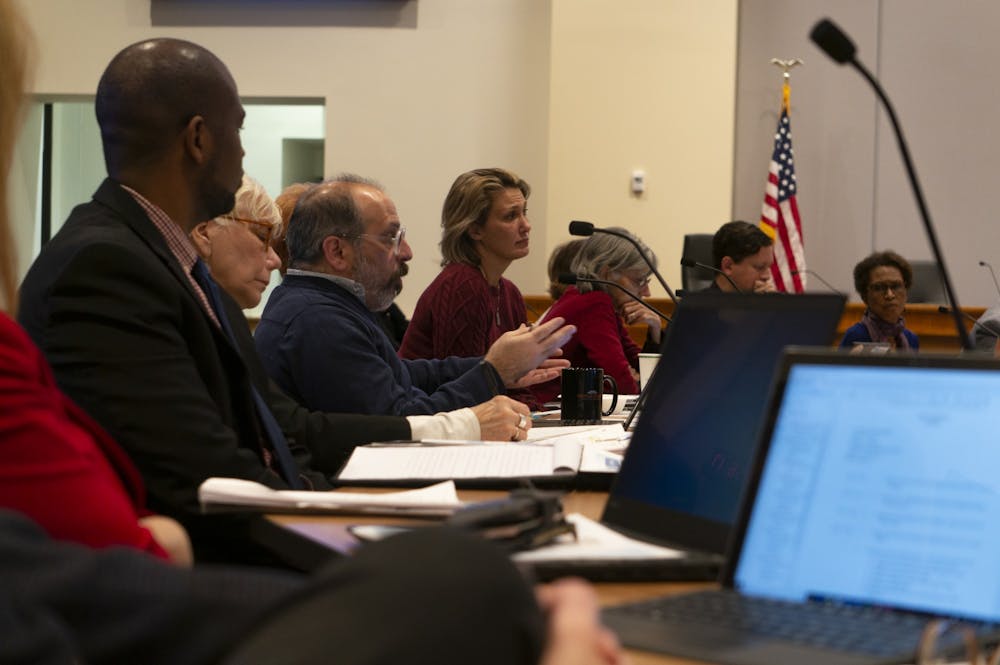CORRECTION: A previous version of this article had a misleading headline. The Orange County Board of Commissioners is changing elementary and pre-K class sizes in response to a mandate by the North Carolina General Assembly. The article has been updated to reflect the change. The Daily Tar Heel apologizes for the error.
CLARIFICATION: The article also misconstrued Penny Rich's comments on the cuts needed to accommodate smaller class sizes. Because of the General Assembly mandate, the Orange County Board of Commissioners may need to cut special learning classes, such as art and music, and replace these classrooms with core classes.
The Orange County Board of Commissioners is working with the School Joint Action Committee (SJAC) to change elementary and pre-K class sizes in response to an unfunded state mandate.
Due to state legislation that created a four-year process to decrease K-3 class sizes, the Schools Adequate Public Facilities Ordinance Technical Advisory Committee identified a need for the SJAC to meet to discuss options to implement school capacity changes.
County Commissioner Penny Rich said the main issue is that there needs to be a reduced number of children in a classroom, but in order to do this, the district needs more classrooms.
Craig Benedict, Orange County planning and inspections director, gave a presentation discussing the issues of class capacity in schools and ways to fix these problems at the Board's meeting last Tuesday.
The SJAC is a short-term committee comprised of elected officials from the Chapel Hill-Carrboro City School Boards of Education, Orange County Board of Education and Orange County Board of Commissioners.
The Schools Adequate Public Facilities Ordinance (SAPFO) outlines criteria for maintaining a two-part system that starts by creating a plan that can project the number of students in each class. This helps predict when a new school will need to be built.
The second part is issuing a certificate that estimates new development impacts.



